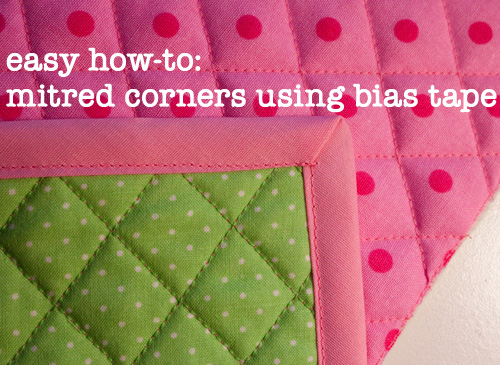
It can finish the raw edges of an unlined garment.

The stretchiness allows these strips of fabric to more easily go around the curved edges of fabric that you’ll likely have in different openings or edges. Some people use the term bias tape and bias binding interchangeably although the term bias binding seams to be more often used in using bias tape when binding or finishing edges on quilts.īias tape is used for trimming or binding different portions of the garment such as the neckline or hems. They are stretchier than fabric that would be cut from the cross-grain or straight-grain sections of the fabric (although the bias fabric still isn’t overly stretchy like a knit fabric). Bias tape is long strips of fabric that are cut from that “bias” section of the fabric noted above. Now that you know what bias is, you can better understand what bias tape is. What is Bias Tape and What is it Used for? Fabric strips cut from this bias section will have more stretch than if they were cut in the vertical or horizontal sections. The reason that the bias is important is that it’s the most stretchy portion of the woven fabric. Finally, there’s the bias, which runs at a 45-degree angle. There is also a cross-grain through the vertical section of the fabric that runs perpendicular to the selvage. This is parallel to the selvage of the fabric (uncut bound edges).

When sewing with woven fabric there is a straight grain across the lengthwise horizontal section of the fabric. I’ll also teach you a little about what bias is in sewing, different types of bias tape, and what you need to look for when sewing it.

I use it as a fast way to finish hems, especially curved ones, but mostly as a way to add a pop of color to a basic fabric.
USING BIAS TAPE HOW TO
We also have a helpful tutorial on How to Make Your Own Bias Tape. In fact, she gives us 3 different methods to apply bias tape. Some of the thoughts and information at the beginning are from Peek-a-Boo Pages and then Pienkel gives us a step-by-step tutorial on how to sew with bias tape.
USING BIAS TAPE FREE
If you sign up you also get access to the free printable swatch library, sewing project planner and a few other handy templates.Today, we’re going to teach you how to use bias tape, one of our favorite sewing accessories. PS: looking for a fun and free sewing project? Sign up to the newsletter for a free copy of the smallest Tsuno Tie Bag and sew up some scraps. PS: Check out some of my other sewing tutorials like how to sew mitered corners or how to sew corners on a narrow hem or see my favorite and not so favorite sewing tools. I hope you found the tutorial useful! Do you plan on using this technique? have you tried it? Do you have any questions just leave a comment below, i'd love to hear what you think! If your main fabric does not stay well after ironing, use a different fabric to do the bias binding. Narrow binding is key to get the best results! So lastly a few tips before you storm towards your sewing machine :) If you follow the edge you will get an even stitch line on the right side of the garment and because you are working on the wrong side you don't have to worry about not catching the bias binding on the inside. I always align the edge of the garment to the edge of the presser foot, then change the position of the needle close to the folded edge of the bias binding. Stitch the bias binding in place, working on the wrong side of the garment. I like to fold the seam towards the inside of the garment so that the seam of the bias tape is invisible from the right side of the garment. Now fold and press the bias binding towards the stitches.įold the seam allowance under and press again and add some pins along the way. Press the bias tape away from the garment, but be careful not to iron out the second fold. Stitch in the fold and 1cm from the edge of your main fabric. You will trim this edge after stitching the bias tape in place. I normally cut all my garments with a 1 cm seam allowance, the fold in the bias tape has to be 1 cm from the edge.

As you can see there is a small strip of fabric next to the bias tape. I will show the individual steps in photos, but I always find it helpful to see a technique in different ways so I included an illustration from the Pocket-T pattern where you can see all the steps combined.įold the tape open and pin to the right side of the garment.


 0 kommentar(er)
0 kommentar(er)
